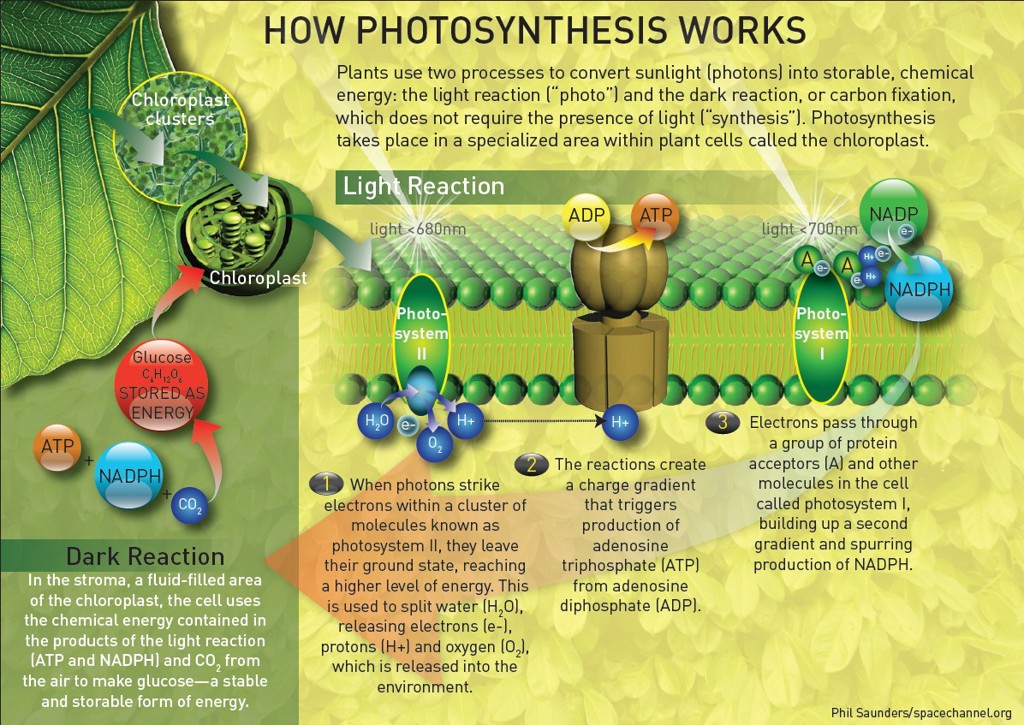

2 H2O —> 2 H2 + O2
Efficient and economical photochemical water splitting would be a technological breakthrough that could underpin a hydrogen economy. A version of water splitting occurs in photosynthesis, but hydrogen is not produced. No practical version of water splitting has been demonstrated, but the two component reactions (H2 production and O2 production) are well known. The reverse of water splitting is the basis of the hydrogen fuel cell.
Electrolysis:
Electrolysis of water is the decomposition of water (H2O) into oxygen (O2) and hydrogen (H2) due to an electric current being passed through the water.[1]
Atmospheric electricity utilization for the chemical reaction in which water is separated into oxygen and hydrogen. (Image via: Vion, US patent 28793. June 1860.)
Vion, U.S. Patent 28,793, “Improved method of using atmospheric electricity”, June 1860.
In power to gas production schemes, the excess power or off peak power created by wind generators or solar arrays is used for load balancing of the energy grid by storing and later injecting the hydrogen into the natural gas grid.
Electrolysis of water ship Hydrogen Challenger
Production of hydrogen from water is energy intensive. Potential electrical energy supplies include hydropower, wind turbines, or photovoltaic cells. Usually, the electricity consumed is more valuable than the hydrogen produced so this method has not been widely used.
In contrast with low-temperature electrolysis, high-temperature electrolysis (HTE) of water converts more of the initial heat energy into chemical energy (hydrogen), potentially doubling efficiency to about 50%. Because some of the energy in HTE is supplied in the form of heat, less of the energy must be converted twice (from heat to electricity, and then to chemical form), and so the process is more efficient.
Water splitting in photosynthesis:
A version of water splitting occurs in photosynthesis, but the electrons are shunted, not to protons, but to the electron transport chain in photosystem II. The electrons are used to convert carbon dioxide into sugars.
When photosystem I gets photo-excited, electron transfer reactions gets initiated, which results in reduction of a series of electron acceptors, eventually reducing NADP+ to NADPH and PS I is oxidized. The oxidized photosystem I captures electrons from photosystem II through a series of steps involving agents like plastoquinone, cytochromes and plastocyanine.
The photosystem II then brings about water oxidation resulting in evolution of oxygen, the reaction being catalyzed by CaMn4O5 clusters embedded in complex protein environment; the complex is known as oxygen evolving complex (OEC).[2][3]
In biological hydrogen production, the electrons produced by the photosystem are shunted not to a chemical synthesis apparatus but to hydrogenases, resulting in formation of H2. This biohydrogen is produced in an bioreactor.[4]
Photoelectrochemical water splitting
(main articles: photoelectrochemical cell and artificial photosynthesis)
Using electricity produced by photovoltaic systems potentially offers the cleanest way to produce hydrogen, other than nuclear, wind, geothermal, and hydroelectric. Again, water is broken down into hydrogen and oxygen by electrolysis, but the electrical energy is obtained by a photoelectrochemical cell (PEC) process. The system is also named artificial photosynthesis.[5][6][7][8]
Photocatalytic water splitting:
(main article: Photocatalytic water splitting)
The conversion of solar energy to hydrogen by means of water splitting process is one of the most interesting ways to achieve clean and renewable energy.
However, if this process is assisted by photocatalysts suspended directly in water rather than a photovoltaic or an electrolytic system, the reaction takes place in one step, it therefore can be more efficient.[9][10]
Radiolysis:
(main article: Radiolysis § Hydrogen_production)
Nuclear radiation routinely breaks water bonds, in the Mponeng gold mine, South Africa, researchers found in a naturally high radiation zone, a community dominated by a new phylotype of Desulfotomaculum, feeding on primarily radiolytically produced H2.[11] Spent nuclear fuel/”nuclear waste” is also being looked at as a potential source of hydrogen.
Thermal decomposition of water:
(main article: Thermochemical cycle)
In thermolysis, water molecules split into their atomic components hydrogen and oxygen. For example, at 2200 °C about three percent of all H2O are dissociated into various combinations of hydrogen and oxygen atoms, mostly H, H2, O, O2, and OH. Other reaction products like H2O2 or HO2 remain minor.
At the very high temperature of 3000 °C more than half of the water molecules are decomposed, but at ambient temperatures only one molecule in 100 trillion dissociates by the effect of heat.[12] The high temperatures and material constraints have limited the applications of this approach.
Nuclear-thermal:
(see also: NGNP)
Some prototype Generation IV reactors, such as the High-temperature engineering test reactor, operate at 850 to 1000 degrees Celsius, considerably hotter than existing commercial nuclear power plants.
General Atomics predicts that hydrogen produced in a High Temperature Gas Cooled Reactor (HTGR) would cost $1.53/kg. In 2003, steam reforming of natural gas yielded hydrogen at $1.40/kg. At 2005 gas prices, hydrogen cost $2.70/kg.[citation needed] Hence, just within the United States, a savings of tens of billions of dollars per year is possible with a nuclear-powered supply. Much of this savings would translate into reduced oil and natural gas imports.
One side benefit of a nuclear reactor that produces both electricity and hydrogen is that it can shift production between the two. For instance, the plant might produce electricity during the day and hydrogen at night, matching its electrical generation profile to the daily variation in demand.
If the hydrogen can be produced economically, this scheme would compete favorably with existing grid energy storage schemes. What is more, there is sufficient hydrogen demand in the United States that all daily peak generation could be handled by such plants.[13]
The hybrid thermoelectric Copper-chlorine cycle is a cogeneration system using the waste heat from nuclear reactors, specifically the CANDU supercritical water reactor.[14]
Solar-thermal:
The high temperatures necessary to split water can be achieved through the use of concentrating solar power. Hydrosol-2 is a 100-kilowatt pilot plant at the Plataforma Solar de Almería in Spain which uses sunlight to obtain the required 800 to 1,200 °C to split water.
Hydrosol II has been in operation since 2008. The design of this 100-kilowatt pilot plant is based on a modular concept. As a result, it may be possible that this technology could be readily scaled up to megawatt range by multiplying the available reactor units and by connecting the plant to heliostat fields (fields of sun-tracking mirrors) of a suitable size.[15]
Material constraints due to the required high temperatures are reduced by the design of a membrane reactor with simultaneous extraction of hydrogen and oxygen that exploits a defined thermal gradient and the fast diffusion of hydrogen.
With concentrated sunlight as heat source and only water in the reaction chamber, the produced gases are very clean with the only possible contaminant being water. A “Solar Water Cracker” with a concentrator of about 100 m² can produce almost one kilogram of hydrogen per sunshine hour.[16]
as scientists continue to figure out the most efficient ways to keep spacecrafts running on deep space voyages.
—
It is called a nuclear fission reactor.

The hydrogenase also dramatically improves the amount of energy that’s produced and stored. Sokól believes this new process will enable new innovations in the world of renewable energy.
...
Science by press release reliably amounts to nothing. It’s usually a researcher creating a lot of smoke and light in order to get more funding.
The problem is that the sun produces only so much energy per square unit of the earth’s surface. The only way to increase the energy per demand is to allocate more acreage to solar farms.
[....that could eventually ....]
Signed the Kanamits.
I have learned out in the real world that you don’t ever get something for free. It is called the law of conservation of energy and by extension, matter.

I’m no scientist, but I’d like to learn the definition of the word “reduce” as used in this quote:
“. . . is capable of reducing protons into hydrogen,” Katarzyna Sokól, first author of the study, said in a statement.
So that’s why the aliens are always trying to steal our water.
“could eventually”
sort of like flying cars, right?